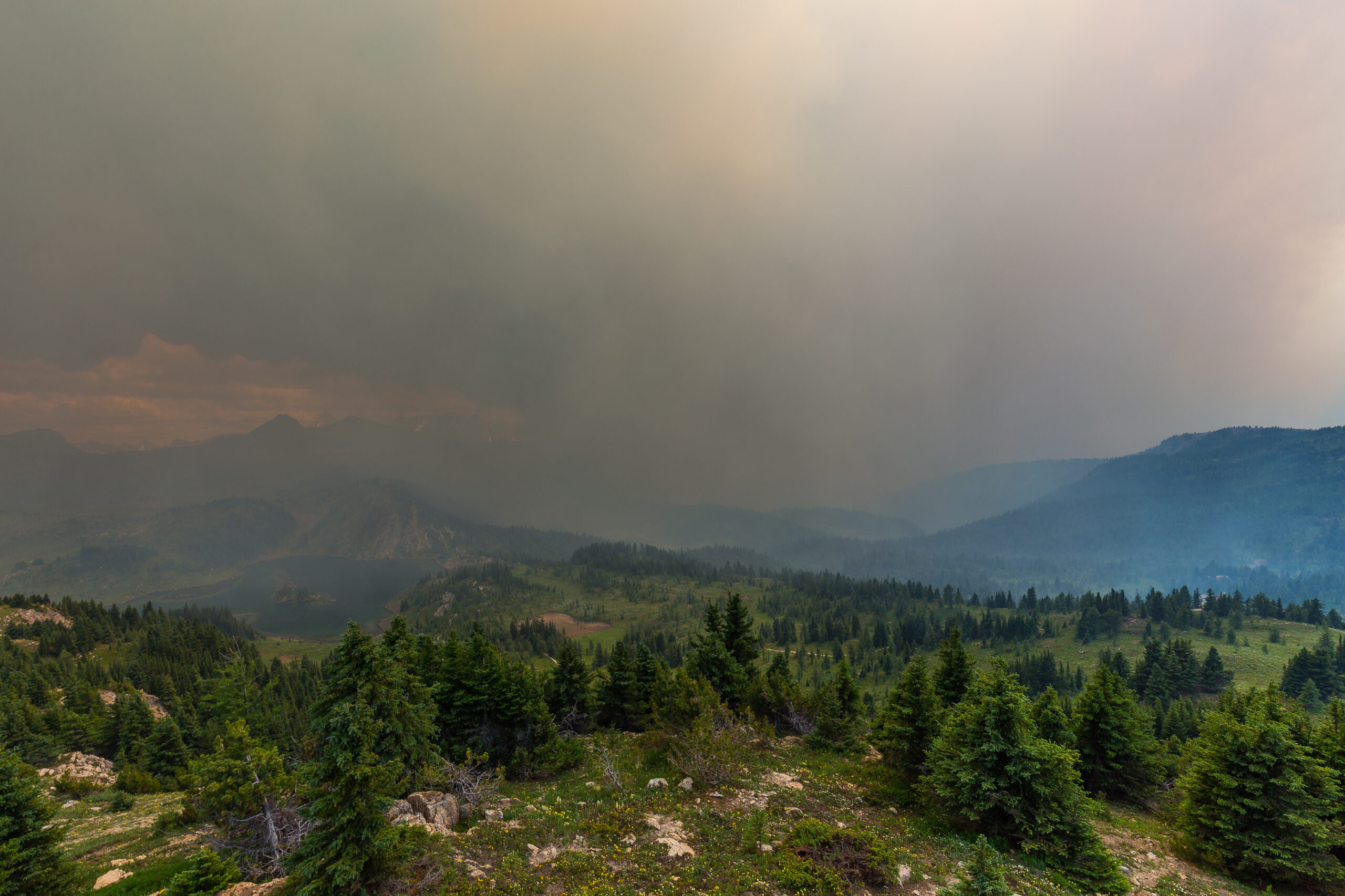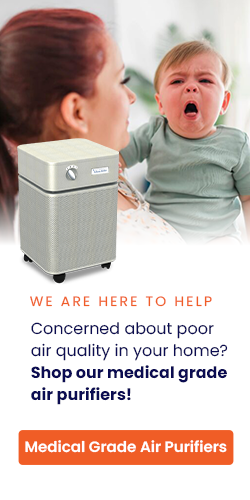As Canadian wildfires continue to rage across the country, the impact on air quality has become a growing concern. The release of ultrafine particulates, PM 2.5, during these wildfires poses significant risks to outdoor and indoor environments. While the detrimental effects of PM 2.5 on outdoor air quality are well-documented, the potential dangers it poses indoors are often overlooked.
In this blog, we aim to shed light on the impact of ultrafine particulates PM 2.5 on indoor air quality and provide you with essential information to protect yourself and your loved ones during these wildfire events. We will explore who is most affected by indoor PM 2.5 contamination and discuss how soot from wildfires infiltrates indoor spaces. Additionally, we will highlight effective methods for improving air quality, including HEPA air purifiers and proper HVAC filter maintenance.
By implementing the strategies outlined in this guide and working with an effective indoor air quality tester like IndoorDoctor, you can safeguard your indoor air quality and mitigate the health risks associated with exposure to PM 2.5 during Canadian wildfires.

What Exactly Are Ultrafine Particulates PM 2.5?
Ultrafine particulates PM2.5 are minuscule particles that float in the air and measure 2.5 micrometers or smaller in diameter. These particles can remarkably infiltrate our respiratory systems, making their way deep into the lungs and even into the bloodstream. The sources of PM2.5 particles vary widely, ranging from industrial emissions and combustion processes to vehicle exhaust and natural occurrences like wildfires.
What makes PM2.5 particles particularly concerning is their tiny size. This grants them a larger surface area, enabling them to carry toxic substances like heavy metals, organic compounds, and carcinogens. Prolonged exposure to PM2.5 is often linked to respiratory complications, cardiovascular issues, and other detrimental health effects. Thus, it’s essential to understand how to minimize the impact of such particulates.
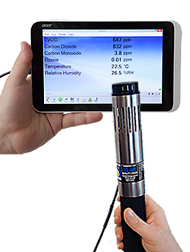
Understanding the Impact of Ultrafine Particulates PM 2.5 on Indoor Air Quality
Ultrafine particulates PM2.5, though primarily associated with outdoor air pollution, can significantly impact indoor air quality during episodes of Canadian wildfires. With their small size, these particles can infiltrate indoor environments through various pathways, including cracked windows and air ventilation systems, ultimately compromising the air we breathe.
It is crucial to adopt preventive measures to mitigate the impact of PM2.5 on indoor air quality. Implementing strategies such as keeping windows closed and utilizing HEPA air purifiers can help minimize the infiltration and accumulation of PM2.5 particles within indoor spaces.
Understanding the impact of ultrafine particulates PM2.5 on indoor air quality allows proactive steps to safeguard our living environments and protect the health and well-being of ourselves and our loved ones.
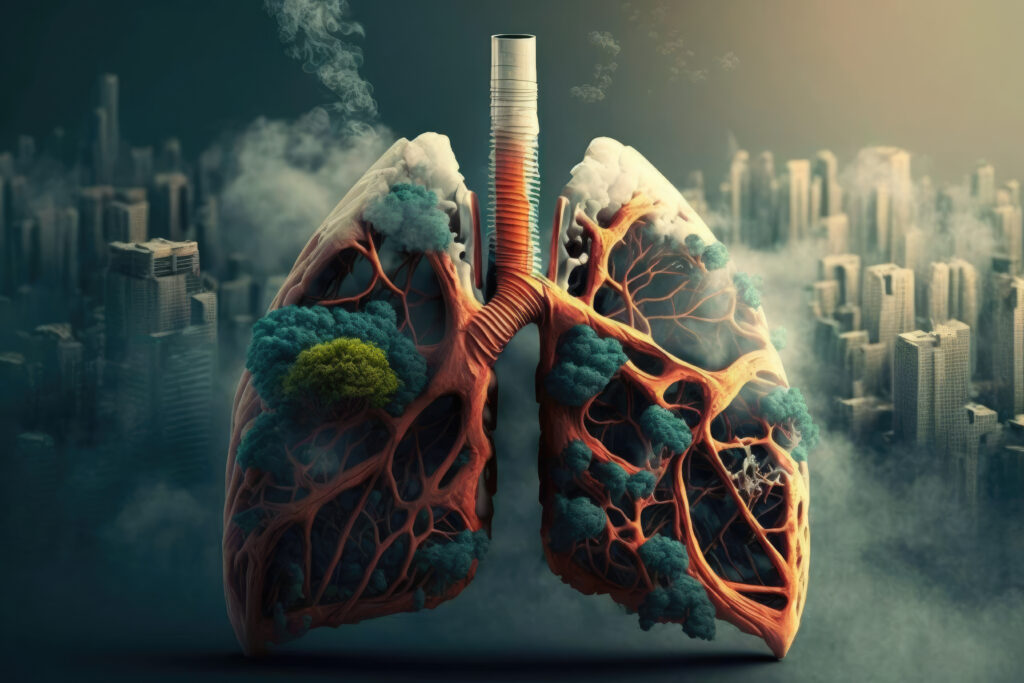
Identifying Those Impacted by Indoor PM 2.5 Contamination
The impact of indoor PM2.5 contamination can manifest in diverse ways, but certain demographic groups exhibit heightened vulnerability to its effects. Individuals grappling with pre-existing respiratory conditions, such as asthma, bronchitis, or chronic obstructive pulmonary disease (COPD), are at an elevated risk. The delicate equilibrium of their respiratory function can be disrupted by the infiltration of these fine particles, amplifying symptoms and impeding lung performance.
Furthermore, specific populations, including the elderly, young children, and expectant mothers, confront an increased susceptibility to the health repercussions of indoor PM2.5 contamination. Older adults, with their physiological systems already compromised by age, face a heightened predisposition to respiratory afflictions. Children, whose developing lungs boast heightened permeability, prove particularly vulnerable to the harmful consequences of PM2.5 exposure. Pregnant women, too, must exercise caution, as these minuscule particles can cross the placental barrier and potentially compromise fetal development.
How Soot from Wildfires Gets Indoors
During wildfires, the dispersion of soot particles into the air can lead to their infiltration into indoor spaces. Understanding how these fine particles make their way indoors is crucial for addressing indoor air quality concerns during wildfire events.
Soot particles can enter indoor environments through various pathways. One standard route is through open windows and doors, allowing the external air laden with soot to permeate indoor spaces. Additionally, cracks and gaps in doors, windows, and walls allow soot infiltration. Moreover, HVAC systems can inadvertently distribute soot particles throughout a building. If the intake vents or filters are not adequately sealed or maintained, they can draw in outdoor air containing soot and circulate it indoors.
Furthermore, personal activities, such as entering and exiting a building, can introduce soot particles on clothing, shoes, or other belongings. These particles can then settle on indoor surfaces, contributing to indoor contamination. By recognizing the pathways through which soot infiltrates indoor spaces, appropriate measures can be taken to minimize its entry and mitigate the impact on indoor air quality.

Effective Methods for Improving Indoor Air Quality
Maintaining good indoor air quality is paramount, especially during elevated PM2.5 contamination caused by Canadian wildfires. Below are several effective methods to enhance indoor air quality and reduce the presence of harmful particles:
- HEPA Air Purifiers
Utilize high-efficiency particulate air (HEPA) filters to capture and remove fine particles, including PM2.5, from the air. HEPA air purifiers like Austin Air and FilterQueen Defender are specifically designed to address indoor air pollution.
- Regular HVAC Filter Changes
Replace HVAC system filters frequently to prevent the recirculation of pollutants. Opt for filters with a high MERV rating, effectively capturing fine particles.
- Windows and Doors Closed
Keep windows and doors closed during wildfire events to minimize the infiltration of outdoor pollutants, including PM2.5 particles.
- Increased HEPA Vacuuming
Employ a HEPA vacuum cleaner, such as the FilterQueen Majestic, to effectively remove particles from floors, carpets, and upholstery, preventing their re-suspension in the air.
- Air Sampling for Soot
Consider professional air sampling services, like those provided by IndoorDoctor, to assess the presence of soot particles and develop targeted strategies for purification.
By implementing these methods, you can significantly reduce the concentration of PM2.5 and other pollutants indoors, creating a healthier and safer living environment for you and your family. Prioritizing indoor air quality safeguards against the harmful impacts of wildfire-induced contamination and promotes overall well-being.
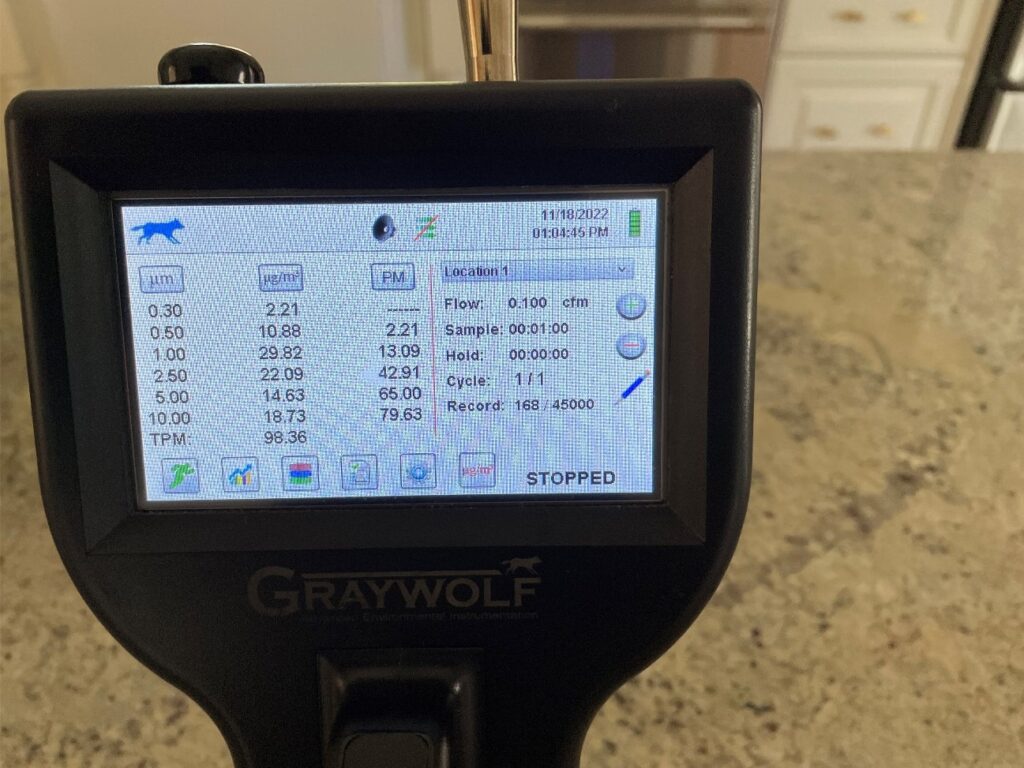
Test and Improve Your Indoor Air Quality Today
Understanding the impact of PM2.5 on indoor spaces and the individuals affected is crucial. Fortunately, services like IndoorDoctor can play a pivotal role in assisting with indoor air quality testing and addressing concerns arising from PM2.5 contamination.
By utilizing our expertise in air sampling for soot and conducting comprehensive indoor air quality assessments, IndoorDoctor can identify the presence of PM2.5 particles and develop tailored strategies to improve air quality. Our services, combined with practical measures such as using HEPA air purifiers and regular servicing of your HVAC system, offer tangible solutions for reducing PM2.5 and enhancing indoor air quality.
We can create healthier indoor environments that minimize the risks associated with PM2.5 contamination. Protecting our well-being and that of our loved ones should always encompass ensuring clean and breathable indoor air, especially during periods of heightened pollution.
References
- Environmental Protection Agency (EPA). (n.d.). Improving Indoor Air Quality
- Environmental Protection Agency (EPA). (n.d.). Wildfires and Indoor Air Quality (IAQ)
- Environmental Protection Agency (EPA). (n.d.). Particle Pollution Exposure
- Ling, D. I., Graboski-Bauer, A., & Kumagai, K. (2021). Wildfire Smoke: A Review of the Toxicity, Sources, Health Effects, and Mitigation Strategies. International Journal of Environmental Research and Public Health, 18(12), 6361
- American Lung Association. (n.d.). Particle Pollution
- CBS News. (2023, June 14). Canadian wildfires under control: What to know


